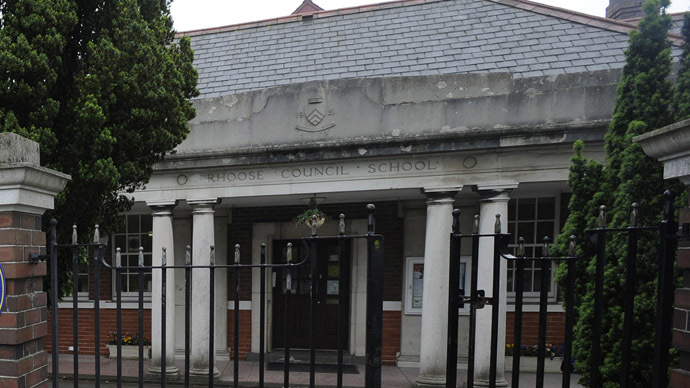80% of UK school buildings ‘crumbling, beyond their life cycle’

The Government must invest more in building new schools as 80 per cent of current buildings should not still be in operation, architects claim
Children across the UK are being failed by four-fifths of schools that are “beyond their life cycle,” while 75 percent of existing schools also contain asbestos, the Royal Institute of British Architects (RIBA) claims.
With 250,000 extra school places needed by September, the current wave of new designs is not big enough to prevent overcrowding, the society for the architectural industry’s “Building Better Britain” advisory report argues.
“Overcrowding in narrow corridors exacerbates bullying and harassment, fewer social areas outside classrooms limit students’ abilities to socialize,” the report adds.
The standardized “baseline” designs are 15 percent smaller than those built under the previous Labour government’s “Building Schools for the Future” program, the group said. The report claimed the next government must increase the cost per square meter of new schools by 20 percent.
“The new schools being built aren’t fit for purpose and will certainly not stand the test of time.”
“Years of underinvestment, coupled with recent changes to school building, rebuilding and refurbishing programs have left us with crumbling schools which fail those trying to learn and teach in them,” the report says.
The Department for Education (DfE) defended its own guidelines Wednesday, which they argue came after thorough testing and agreement from various advisory bodies.
A DfE spokesperson said the government’s £5 billion ($8.6 billion) funding has already led to the creation of 260,000 new school places, all of which are in areas where there is a shortage of places, claiming over 200 new school buildings have been built since taking office.

"We are spending £18 billion [$31 billion] on school buildings in this parliament. We are giving councils £5 billion to spend on new school places over this parliament — double the amount allocated by the previous government over an equivalent period. In addition, we have also confirmed a further £2 billion [$3.4 billion] for basic need up to 2017,” the DfE told RT.
The DfE further placed the onus on local government to enact its Priority School Building Plan in time for the new school year.
“All councils should now have plans in place to meet the need for this September and we will hold to account any that fails to do so,” they warned.
The government’s school building scheme was also slammed by teachers’ unions, who condemned the health and safety standards in schools and the low morale they caused.
“Getting rid of the Building Schools for the Future program was clearly a huge mistake,” a spokesperson for the National Union of Teachers (NUT), the UK’s largest teachers’ union, told RT.
“While the Education Secretary throws money at free schools and academies, many schools are being left in a dilapidated state or built where they are not needed,” the spokesperson said. “The NUT has been at the forefront of campaigning about the presence of asbestos in our schools. It is outrageous that something which poses such a serious health threat to staff and pupils is still in place in so many schools.
“When the conditions of school premises have gone way beyond cosmetic damage and now pose a real health and safety issue, it is poor for the morale of both pupils and the community.”














